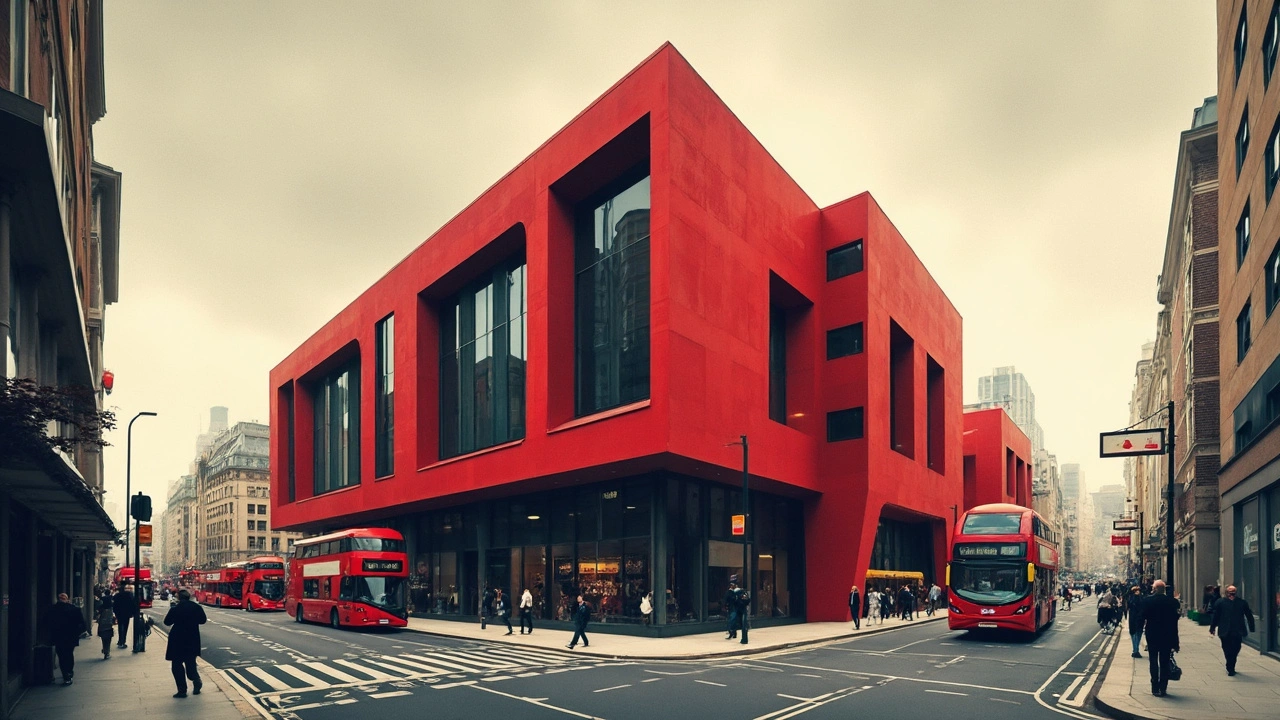A clear guide to Constructivist architecture-origins, key buildings, how to spot it, and how to experience its radical beauty today.
Russian avant-garde: bold geometry, radical ideas
Russian avant-garde is not just art on gallery walls. It was a whole design attitude that changed painting, architecture, graphic design, and public space between about 1905 and the early 1930s. Artists and architects broke rules on purpose. They used simple shapes, strong contrasts, and new materials to match a fast-changing society.
Start by spotting two main currents: Suprematism and Constructivism. Suprematism, led by Kazimir Malevich, reduced visuals to pure shapes—squares, circles, lines—to focus on feeling. Constructivism turned art into useful things. Think bold posters, photomontage, factory windows, and buildings built like machines.
How to recognize Russian avant-garde in architecture
Look for geometric volumes, flat roofs, ribbon windows, and exposed structures. Architects favored asymmetry and dynamic forms instead of classical columns and decoration. Metal, concrete, and glass appear as honest materials, not hidden under ornament. Examples include Vladimir Shukhov's hyperboloid towers, Konstantin Melnikov's club and house, and Moisei Ginzburg's Narkomfin building. Those buildings show how art and utility were mixed.
Where to see it and why it matters today
Moscow and St. Petersburg have great spots to visit. Walk around old worker districts and you'll find clubs, housing experiments, and factory fronts with striking avant-garde details. Museums such as the State Tretyakov Gallery and Garage Museum hold paintings and posters that explain the movement's visual language. Don't miss guided walks or small local exhibitions—they often highlight hidden gems and restoration stories.
Why care now? Russian avant-garde pushed design toward function, clarity, and strong visuals. You see its fingerprints in modern branding, minimal interiors, and even app icons. Its ideas about mass design and social purpose still spark debates: should architecture favor people or aesthetics? That question keeps the movement alive in talks about housing and urban life.
Practical tips for designers and home owners: use simple geometry in layouts, favor raw textures like concrete or metal accents, and pick a limited palette with one bold color. Try bold typography and photomontage-inspired prints to add energy. For lighting, choose fixtures with clear lines and visible structure—nothing fussy. These moves bring avant-garde spirit without copying old props.
On preservation: many avant-garde buildings were altered or neglected in the 20th century. Supporting local conservation groups and learning basic signs of original details helps. When you visit, look for original railings, window proportions, and interior plans—these tell stories a fresh coat of paint can't hide.
Russian avant-garde feels modern because it focused on making art part of life. If you want design that looks current but has a story, start here. Notice shapes, materials, and social intent—that's where the movement still speaks loudest.
If you want quick starters, make a checklist: photograph interesting facades, note building dates, save poster or poster reproductions, sketch simple shapes you like, and try a small DIY using concrete or bold paint. Read short books or museum catalogs on Malevich, Tatlin, and Rodchenko to get context. Local blogs and walking tours often point to lesser-known sites that don't appear in guidebooks and photos.
Discover the pioneers of Constructivist architecture and their bold, rule-breaking creations that shaped the face of modern design in Russia and beyond.
This article explores the bold world of constructivist architecture, tracing its rise in the early 20th century, the political and social reasons behind its unique look, and its lasting influence on modern design. You'll discover what sets constructivist buildings apart, plus practical tips for spotting their features in the real world. If you love dramatic facades, eye-catching structures, and stories where art meets politics, you're in for quite a ride. Get ready to look at buildings in a whole new way. It’s a fresh angle on architecture that still feels ahead of its time.

